THE INTERVIEW CORNER: A BROAD SPECTRUM OF ARTISTIC APPROACHES TO A GLOBAL ISSUE -A JOINT INTERVIEW OF DARYA EFRAT AND DIANE NIEPCE
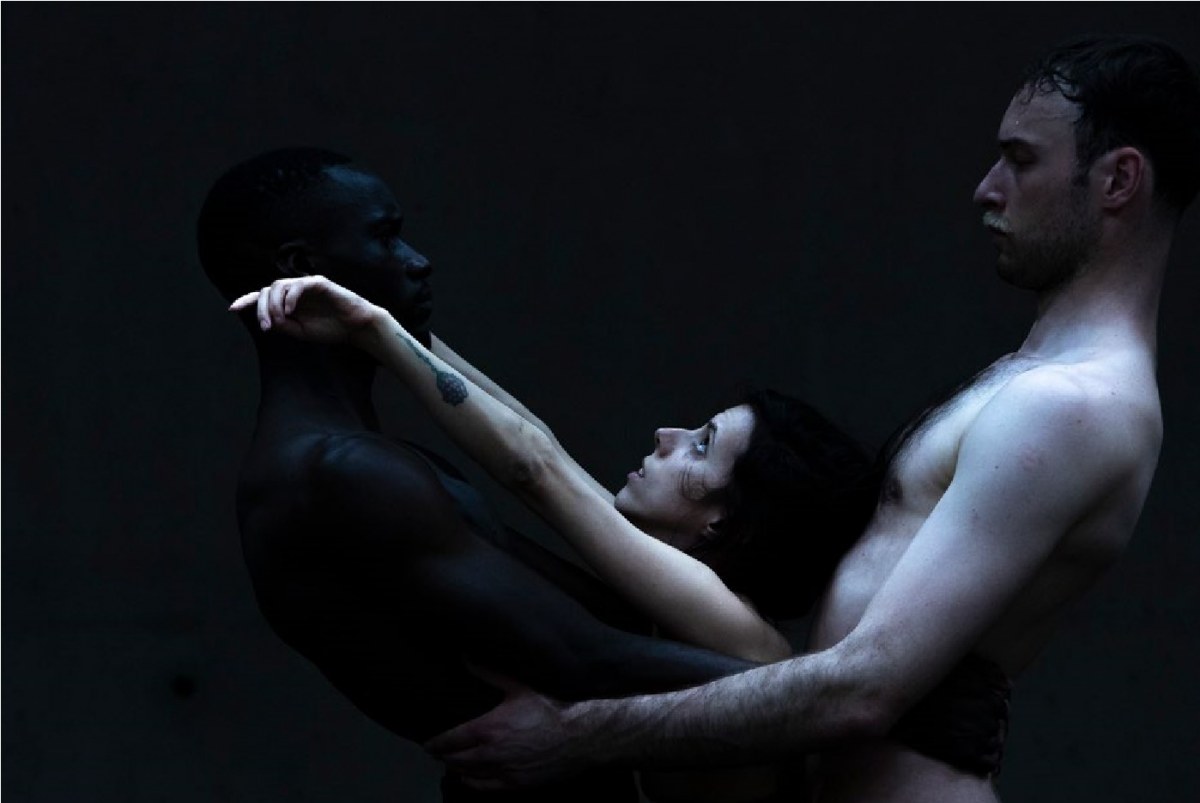
How does the expression "diverse body/ies" resonate with you?
darya efrat: When thinking about diverse body/ies, I think about histories. Bodies extending through time, bodies moving in-between spaces, bodies that carry traces of other bodies, bodies that are not seen. I also think about how these diverse bodies meet and where, and how - despite the many apparent differences — they are actually similar in many ways. In addition, I think about the notion of "The Body" and how the prevailing perception of it — as a constant, stable entity - must be questioned. Diversity is integral, and bodies are in continuous flux with internal contradictions. This diversity must be celebrated. An image that comes to mind is the dissonant diversity in a metro car, with its collection of bodies all heading in the same direction - yet each with its own motive, planned route, and desired destination. Extending this metaphor, the cacophonous collection of travellers needs the facilitation of the metro car and its structure to co-exist, and therefore the consideration of accessibility must go hand in hand with the work involving diverse body/ies. Diana Niepce: I believe that the cultural sector is still learning to work with the notions of diversity. They are still searching how to create more accessible and fair labour practices. The body in the performing arts has been designed according to a norm, often ableist. And destroying systemic models implies a place of revolution and violence. To exist in a body outside the norm is to exist in a state of revolution. There will always be my body and then the other's body, and they always differ by their own experience and specificity. However, we must not forget that we experience the world from our own experience, and this implies that the barriers the other has to overcome are invisible to us. This makes the discourses of oppression and exclusion often accepted, neglectful of the impact they have on the other and on society. It is very dangerous to talk about diversity, and forget that we are not all in the same place, that the places of thinking about artistic creation are still designed according to a norm, and when you are not part of it you are excluded.
Diana Niepce: I believe that the cultural sector is still learning to work with the notions of diversity. They are still searching how to create more accessible and fair labour practices. The body in the performing arts has been designed according to a norm, often ableist. And destroying systemic models implies a place of revolution and violence. To exist in a body outside the norm is to exist in a state of revolution. There will always be my body and then the other's body, and they always differ by their own experience and specificity. However, we must not forget that we experience the world from our own experience, and this implies that the barriers the other has to overcome are invisible to us. This makes the discourses of oppression and exclusion often accepted, neglectful of the impact they have on the other and on society. It is very dangerous to talk about diversity, and forget that we are not all in the same place, that the places of thinking about artistic creation are still designed according to a norm, and when you are not part of it you are excluded.
What comes first in your creation process? Is your artistic approach predominant or do you build around the social message you want to convey?
DN: My practices and creations arise out of internal and social conflict. I spend a lot of time alone in research and living and resisting in the conflict. So, months later, when I go to the studio, I already have a lot of material to work on. However, my works are about existentialism and a philosophical place of observing the widespread norms in society. From the moment I am in the studio and imposing conflict in a practice from the abstract and philosophical realm, everything becomes a game of limits. The message and concept follow its own course, which often comes from stripping and elimination until the essence and rawness of the action remains. Since working on conflicts is often about solving problems, I spend a lot of time solving problems in creation and taking into account that many of them arise from the fact of the incomprehension of others towards my own body, which differs from that of others.
de: I can relate very much to the idea of problem-solving — it is very pre-sent in the processes and practices I have adopted as well. I’ve just been calling it “finding solutions” or “solution searching” (a terminological shift I’ve been trying to introduce into my practice). When making work I often find myself in a constant negotiation with limitations, and it is in these “solution searches” that the artistic idea becomes entangled with the desire to convey a message. To me, the message is integral to the process, indeed inseparable from it, and I strive – cognisant of the constraints - to find solutions that preserve that integrity. The artistic approach is intertwined with the idea that stands behind the work. Similarly to you, Diana, I too spend much time thinking, planning, and preparing alone, to ensure that once others are invited in, I can offer or bring forward the setting and conditions I believe are essential to create a safe, caring, fruitful, and enjoyable working environment and process. I don’t always succeed, but creating and providing these conditions are fundamental
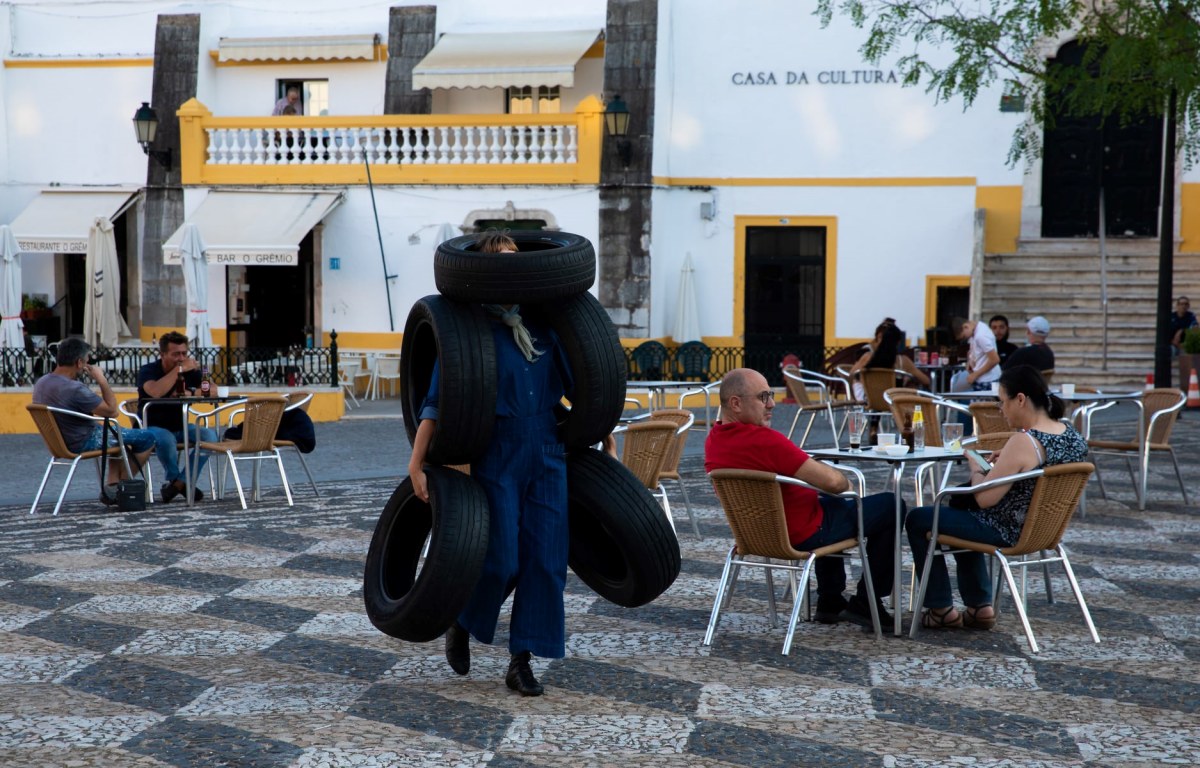
Do you believe it is the responsibility of artists to raise awareness on these issues? Do you think bringing diversity into contemporary circus and outdoor arts can make long-term changes?
de: I feel this is a leading question. Raising awareness is vital, and therefore the simple answer would be: “Yes”. However, I also think raising awareness can come in many different forms - not merely by addressing explicit subject matters. Raising awareness can be achieved in the multiplicity of ways of working. The responsibility of raising awareness shouldn’t fall solely on the shoulders of the artists, but rather be taken into consideration by others involved in the process of art-making - including the programmers and the producers. How can diversity and other pressing issues be included in the process of making work? How can we not only think of diversity in terms of bodies but also in terms of methods, contexts, accessibility, relationships and power structures, as well as aesthetics? How can multiplicity become integral to the entire process from its inception? I believe if these questions would be asked, a shift would take place, one that moves away from the singular final product to include a layered and diverse relationship to the process of making artistic work and sharing it with others.
DN: I believe that it is part of social responsibility to make the world an accessible place for everyone. These causes cannot always be the responsibility of the oppressed. The structures and the rest of the industry are equally responsible for making their works accessible to all. Otherwise, we are discriminating. Not long ago I heard about artists who refused to use sign language because it "spoiled their work" while saying that no one in a wheelchair would want to see their piece. I believe that these acts of discrimination should have consequences, and it is the responsibility to change the systemic models around creation. There needs to be more time for creation, use of resources to make the work accessible to all, the spaces of creation and presentation have an obligation to be accessible for both the audience and the artist. We are exhausted from raising awareness, we want to see change, and we want to be represented by people from the community itself.
How did the local audience welcome and react to your projects? Did you notice differences depending on the country in which the performance was being toured? If so, what are the main challenges you regularly face when touring or producing a project ?
DN: The audience always reacts in a very emotional and effusive way around my creations. I assume that their rawness and exposure generates and works tensions that promote empathy, while working according to risk, on a body that is usually observed as fragile, forces us to rethink our own condition as a spectator.Producing or circulating projects by disabled artists, still implies an active struggle in the way their labour rights are implemented. Rehearsal spaces are still not 100% accessible in terms of circulation. Sign language resources to work with the deaf community are ex- pensive and there are no specific funds either to work with a deaf performer or to implement the resource in the performance. There are no funds for audio description, personal or creative assistants, and this inexistence unbalances a process of equality in artistic creation.
de: I of course, do not experience the challenges Diana mentions in relation to artistic production. Nonetheless, I can relate to certain difficulties involved in bringing an artistic project to life. It requires enormous effort — and is especially challenging for independent freelance artists. I spend a disproportionate amount of time on production activity — whether it be applying for funding, residencies, open calls, festivals, or exhibitions. So much work goes into maintaining both the artistic process itself and sharing it with the public. My encounters and exchanges with many other creatives confirm that this is a shared experience, and I would claim that one of the main issues stems from the way this very question is formulated. Artists must be able to focus on content and practice, rather than taking on production responsibilities. I’ve sometimes heard in discussion panels at festivals and conferences that if there were more producers the situation would improve. But who would bear their costs? As of now, the expense is borne by the artists. This is unsustainable and must be changed. When it comes to touring, I haven’t had much experience with this - partly due to the challenges mentioned above. Until now, I’ve mainly shared work in contexts where I had local affinities. I would like to share work more extensively, but because my practice is community and participatory-oriented and designed to be as environmentally considerate as possible, working locally is integral. Current touring and production models tend to promote fast-paced and short-term processes. I recognise that this is gradually shifting; however, in consideration of both environmental concerns and artists’ resources (both physical and emotional), I would call for programmers, producers, cultural organisers, and funding bodies to continue re-examining current models and strive to create more sustainable infrastructures that will counter the fast-paced, instantaneous, emotionally non-sustainable art economy.
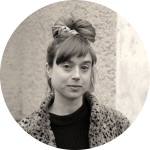
darya efrat makes performances and installations that move with, between, and in relation to space, material and others. Emerging from violent histories and multi-generational migration, the works attempt to reconcile questions concerning identity, gender, and belonging. They are developed in-between Jerusalem, New York, Porto, Stockholm, and Zagreb. The practice was nurtured by many people along the way, and at Columbia University in New York’s visual arts and anthropology departments. Most recently, it was supported by the Masters in New Performative Practices at the Stockholm University of the Arts.
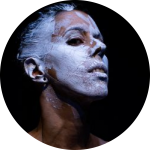
Diana Niepce is a Dancer, choreographer, and writer. Creator of the pieces “Raw a Nude” (2019) with Mariana Tengner Barros, “12 979 Days” (2019), “Duet” (2020), “T4” (2020), “Anda, Diana” (SPA Prize, 2021) and “The other side of dance” (2022). As a contemporary dancer and performer, she collaborated with national and international artists. Curator of formations for disabled and non-disabled artists and researcher of non-normative bodies in dance. Author of “Anda, Diana” and the children’s short story “Bayadére”.



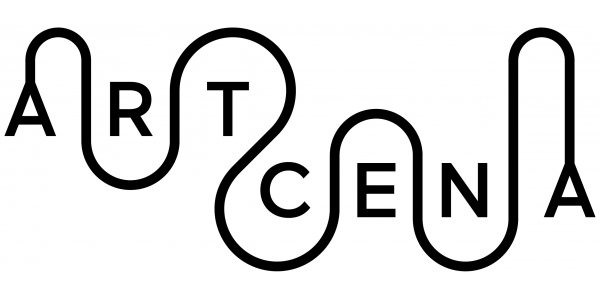

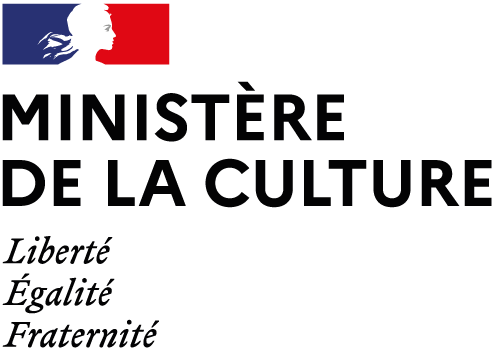
write us: infocircostrada@artcena.fr